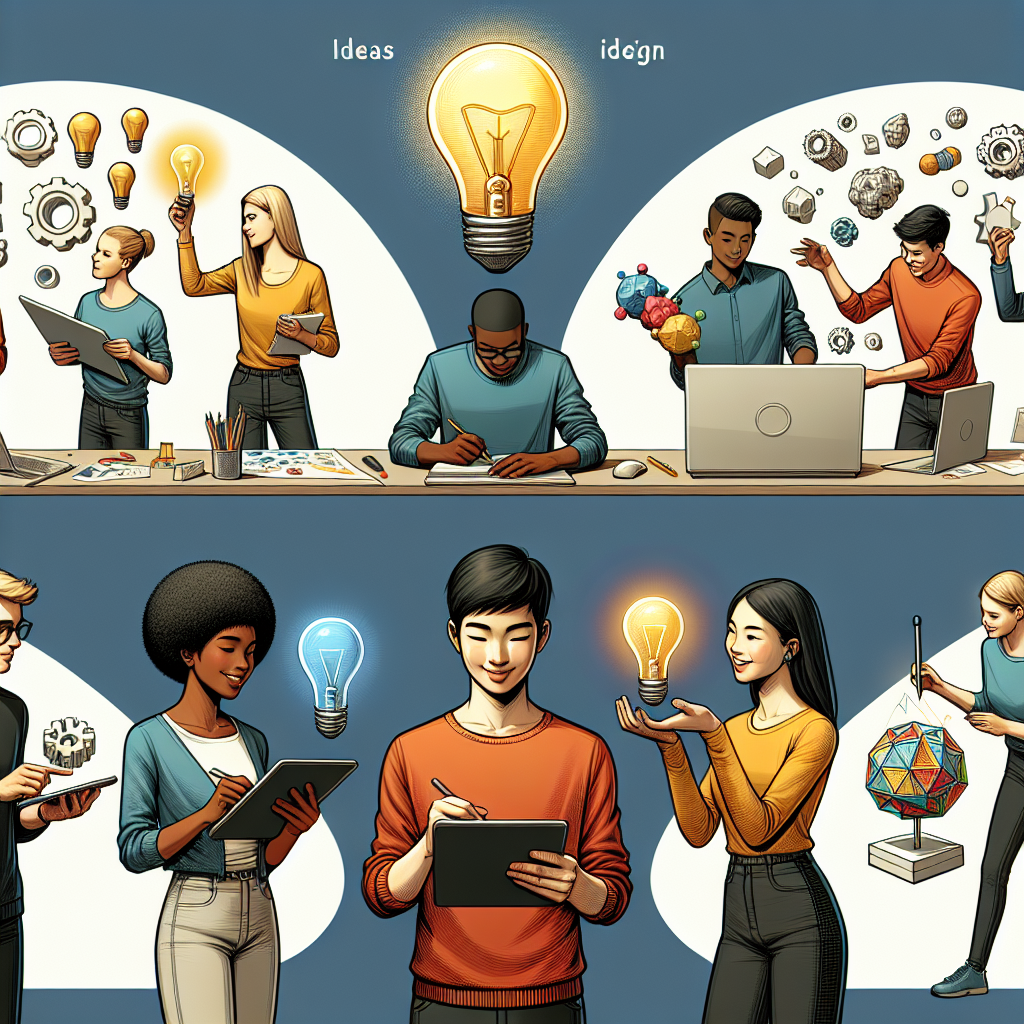In today’s fast-paced world, innovation is the key to staying ahead in any industry. Whether you are a product designer, developer, or entrepreneur, converting your ideas into reality is essential. Prototyping tools play a pivotal role in this process by allowing you to visualize and test your concepts before finalizing them. In this article, we will discuss some of the best prototyping tools available that can help you bring your ideas to life.
Why Prototyping is Important
Prototyping serves several purposes in the design and development process:
- Clarity: Prototypes provide a clear representation of your idea, helping you and your team understand it better.
- User Feedback: Early testing with prototypes allows you to gather feedback from users to make informed revisions.
- Cost-Effective: Investing in prototyping tools can save time and resources by minimizing costly changes in later development stages.
Top Prototyping Tools to Consider
1. Figma
Figma is a collaborative interface design tool that allows teams to create, prototype, and test designs in real-time. Its cloud-based nature makes it easy for multiple team members to work together and provide instant feedback.
2. Adobe XD
Adobe XD offers a powerful platform for designing and prototyping user experiences. With features like repeat grids and voice prototyping, it’s a versatile choice for UX/UI design.
3. InVision
InVision is focused on prototyping and collaboration. It enables designers to create interactive mockups and gather feedback through comments, making it an excellent tool for user testing.
4. Sketch
Sketch is a vector-based design tool that is popular for web and mobile design. It offers a variety of plugins to enhance prototyping and design capabilities.
5. Balsamiq
Balsamiq is a wireframing tool that emphasizes low-fidelity designs. It’s perfect for quick sketches and brainstorming sessions, allowing users to focus on functionality rather than aesthetics.
Tips for Effective Prototyping
- Start Simple: Begin with low-fidelity prototypes to test the basic concept before moving to high-fidelity designs.
- Gather Feedback: Actively seek user feedback throughout the prototyping process to ensure you meet their needs.
- Iterate: Be ready to make changes based on feedback and continue refining your prototypes.
Conclusion
Prototyping tools are invaluable for turning innovative ideas into reality. By utilizing these tools effectively, you can enhance your design process, receive valuable user feedback, and ultimately create products that resonate with your audience. Embrace these prototyping tools and start transforming your ideas today!
